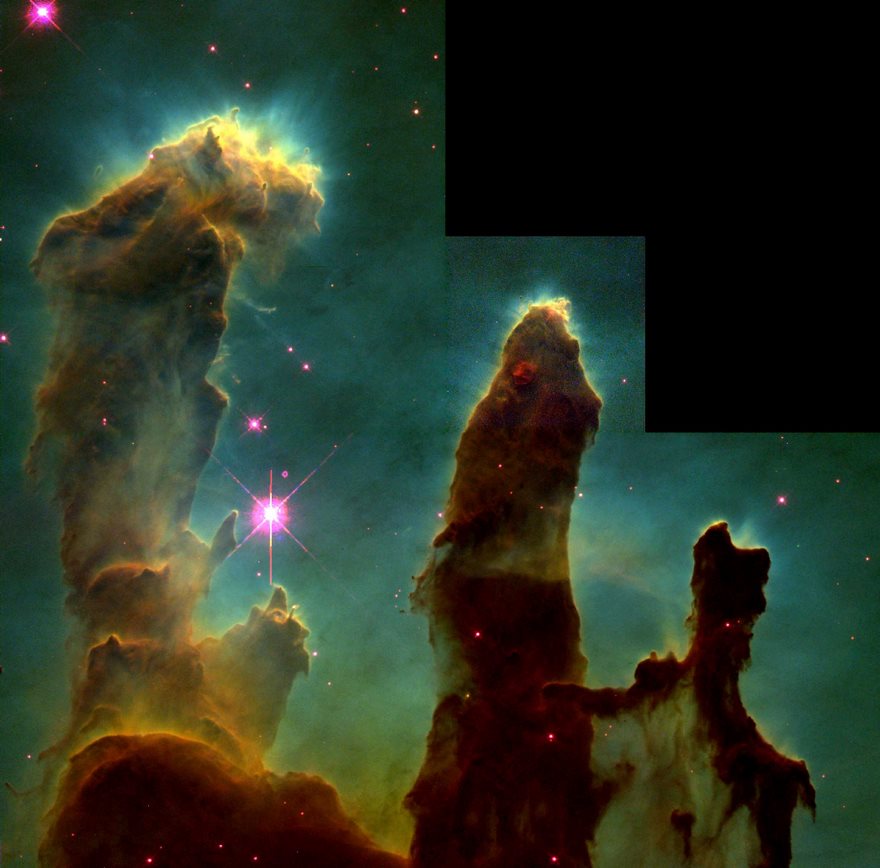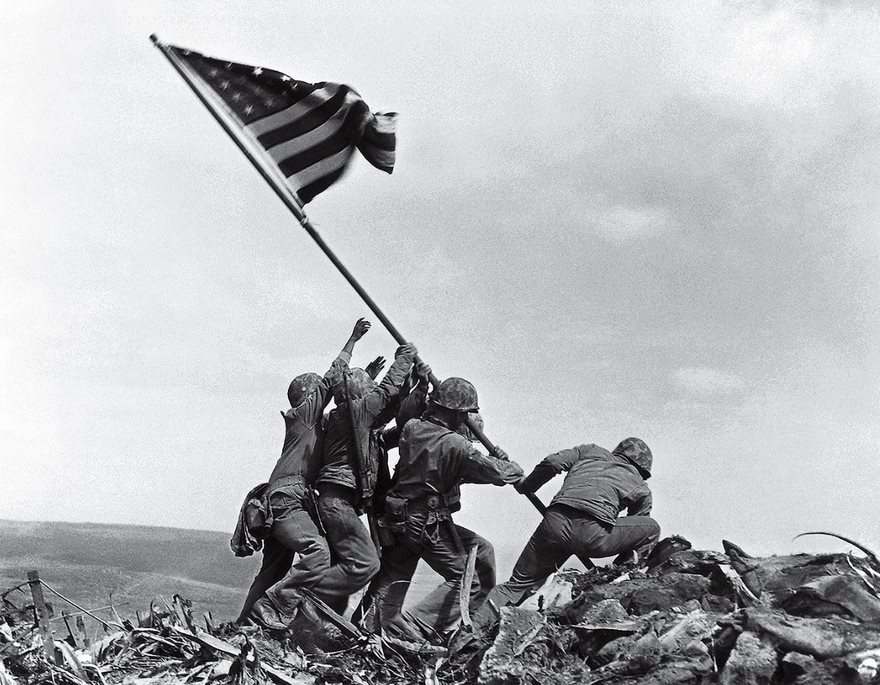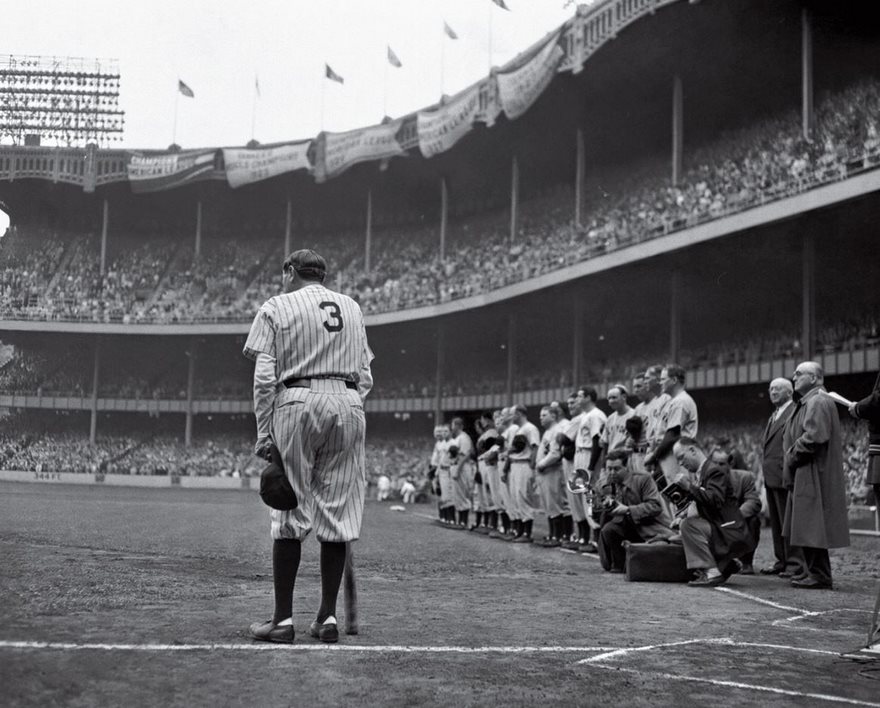Alphabet

- How to fully operate a camera
- The importance of editing
- how to express myself in photography
- how to be more creative and expand ideas
- how to capture a moment
Career Tree
- I would want to be a Digital Editing Technician because I love editing pictures and making it look better than the original
- Some responsibilities of this job are mostly assisting and helping with editing and capturing photos
- The basic salary is around $68,660 I’m interested in this field because I love to hear feedback whether it be positive and negative because I love being able to fix what I’m do wrong or keep doing what I’m doing right
- The education required to be able to perform this career is a associate or bachelor’s degree in photography
Studio

50.00mm, 1/100sec, f/5.6, ISO 800, Manual

50.00mm,1/100sec, f/5.6, ISO 800, Manual

50.00mm,1/100sec, f/5.6, ISO 800, Manual

50.00mm,1/100sec, f/5.6, ISO 800, Manual

50.00mm,1/100sec, f/5.6, ISO 800, Manual

50.00mm,1/100sec, f/5.6, ISO 800, Manual
Camera Modes
Automatic camera modes are great for beginners, as they take care of the settings for you, but can limit your creative control over the final image. Portrait camera modes are designed to capture the subject in sharp focus with a blurred background, creating a stunning and professional-looking photo. The macro camera mode allows for close-up shots of small objects with high levels of detail and clarity, making it perfect for capturing the intricate beauty of flowers, insects, and other small objects. Landscape camera modes are designed to capture the full breadth and depth of a scenic vista, often prioritizing depth of field, color saturation, and sharpness to maximize the impact of natural features like mountain, oceans, and forests. Sports camera modes such as burst mode, time-lapse, and slow motion can capture fast-paced action and provide stunning visual effects. Night camera modes enhance low-light photography by adjusting the camera’s settings to capture more light and reduce noise in the image. There are different movie camera modes, such as manual, aperture priority, shutter priority, and program, which allow filmmakers to control important settings like exposure and depth of field. Aperture priority camera modes allow the photographer to control the aperture setting, while the camera adjusts the shutter speed to maintain the correct exposure. Shutter priority camera mode allows the user to control the shutter speed while the camera adjusts the aperture to achieve the correct exposure. Program camera modes allow photographers to have control over certain aspects of their photos while still allowing the camera to make certain adjustments. Manual camera modes give photographers complete control over shutter speed, aperture, and ISO allowing for precise adjustments to achieve the desired exposure and creative effect.
Self Portrait With Text

19.00mm, 1/60sec, f 3/5, ISO 200, Normal program
Athletic. Calm, Competitive, Confident, Energetic, Faithful, Friendly, Funny, Hardworking, Humble, Relaxed, Respectful, Smart, Sociable, Warm-Hearted, Active, Admirable, Bright, Careful, Disciplined, Gentle, Grateful, Talented, Talkative, Timid
Nat Geographic Magazines

This is one of my favorite magazine covers because an albino gorilla is so rare and this shows the first one ever captured on camera.

This magazine cover is also one of my favorites because it shows the first person on the moon, the famous apollo 11 story.

The last magazine cover I consider my favorite is this one with a shark and a man on it, it shows how not all sharks are dangerous and it also makes you think if the shark bit the guy after the shot was taken.
3 Famous Photos

Pillars of Creation, NASA, 1995
The Hubble Space Telescope almost didn’t make it. Carried aloft in 1990 aboard the space shuttle Atlantis, it was over-budget, years behind schedule and, when it finally reached orbit, nearsighted, its 8-foot mirror distorted as a result of a manufacturing flaw. It would not be until 1993 that a repair mission would bring Hubble online. Finally, on April 1, 1995, the telescope delivered the goods, capturing an image of the universe so clear and deep that it has come to be known as Pillars of Creation. What Hubble photographed is the Eagle Nebula, a star-forming patch of space 6,500 light-years from Earth in the constellation Serpens Cauda. The great smokestacks are vast clouds of interstellar dust, shaped by the high-energy winds blowing out from nearby stars (the black portion in the top right is from the magnification of one of Hubble’s four cameras). But the science of the pillars has been the lesser part of their significance. Both the oddness and the enormousness of the formation—the pillars are 5 light-years, or 30 trillion miles, long—awed, thrilled and humbled in equal measure. One image achieved what a thousand astronomy symposia never could.
I selected this one because I’ve known of this one before and I just think it looks so optimistic and wonderous and how it actually looks like a hand which formed the universes creation.

Flag Raising On Iwo Jima, Joe Rosenthal, 1945
It is but a speck of an island 760 miles south of Tokyo, a volcanic pile that blocked the Allies’ march toward Japan. The Americans needed Iwo Jima as an air base, but the Japanese had dug in. U.S. troops landed on February 19, 1945, beginning a month of fighting that claimed the lives of 6,800 Americans and 21,000 Japanese. On the fifth day of battle, the Marines captured Mount Suribachi. An American flag was quickly raised, but a commander called for a bigger one, in part to inspire his men and demoralize his opponents. Associated Press photographer Joe Rosenthal lugged his bulky Speed Graphic camera to the top, and as five Marines and a Navy corpsman prepared to hoist the Stars and Stripes, Rosenthal stepped back to get a better frame—and almost missed the shot. “The sky was overcast,” he later wrote of what has become one of the most recognizable images of war. “The wind just whipped the flag out over the heads of the group, and at their feet the disrupted terrain and the broken stalks of the shrubbery exemplified the turbulence of war.” Two days later Rosenthal’s photo was splashed on front pages across the U.S., where it was quickly embraced as a symbol of unity in the long-fought war. The picture, which earned Rosenthal a Pulitzer Prize, so resonated that it was made into a postage stamp and cast as a 100-ton bronze memorial.
I chose this photo because I think it signifies what America is and how strong we are together. It also states a major part in history as this is the point in time where we have almost won WWII.

The Babe Bows Out, Nat Fein, 1948
He was the greatest ballplayer of them all, the towering Sultan of Swat. But by 1948, Babe Ruth had been out of the game for more than a decade and was struggling with terminal cancer. So when the beloved Bambino stood before a massive crowd on June 13 to help celebrate the silver anniversary of Yankee Stadium—known to all in attendance as the House That Ruth Built—and to retire his No. 3, it was clear this was a final public goodbye.
Nat Fein of the New York Herald Tribune was one of dozens of photographers staked out along the first-base line. But as the sound of “Auld Lang Syne” filled the stadium, Fein “got a feeling” and walked behind Ruth, where he saw the proud ballplayer leaning on a bat, his thin legs hinting at the toll the disease had wreaked on his body. From that spot, Fein captured the almost mythic role that athletes play in our lives—even at their weakest, they loom large. Two months later Ruth was dead, and Fein went on to win a Pulitzer Prize for his picture. It was the first one awarded to a sports photographer, giving critical legitimacy to a form other than hard-news reportage.
I found this photo interesting because Babe Ruth was one of the greatest players in his time and in his final game he gets an ovation unlike any other as one of the greats say goodbye.



